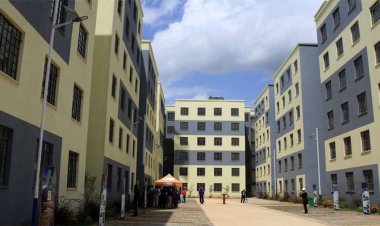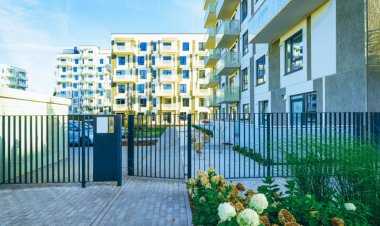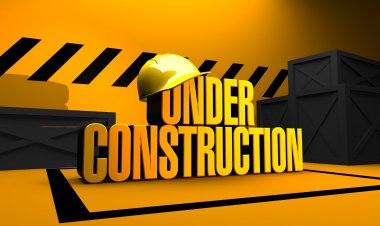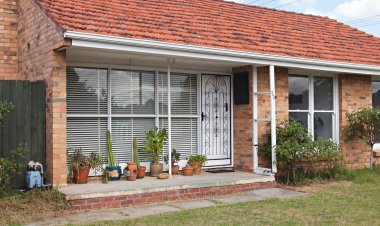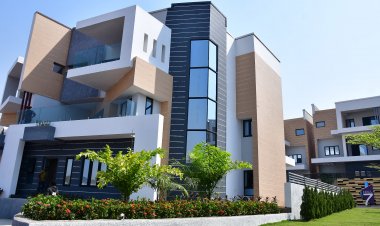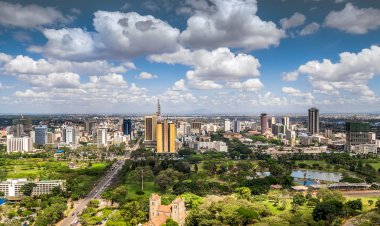How Kenya Can Achieve Affordable Housing Plan
Lack of cost effective building materials, together with outdated technical solutions are some of the underlying reasons to inadequate housing in Kenya.
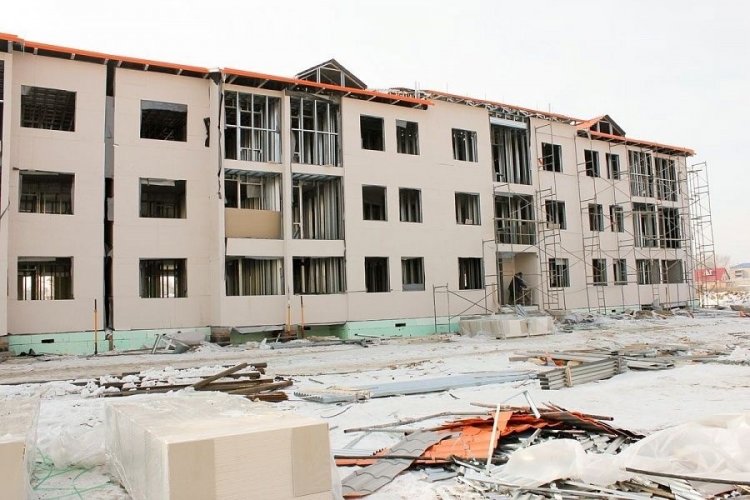
The cost of building, over the years, has become a huge burden to home developers passing it down to every Kenyan seeking an affordable house.
Upscaling of the green solutions is one way to lessen this burden as well as the adoption of western countries' new building technologies, which enables citizens affordability of houses easily.
Cost-effective building materials pose as a significant solution to Kenya's struggle for affordable housing.
Projects like water and power solutions, pre-stressed concrete, aluminum formwork, and precast technologies are just but some of the ways to cut the cost of building materials if properly stressed.
With an aluminum formwork, the construction period can be reduced in local projects but it's not widely common in the Kenyan property market and just starting to gain interest.
This kind of technology is able to make homeowners own their homes faster as it can bring an eight-storey building in eight months from two years that mortar and brick last for this types of projects.
South Korean firm, Kumkang kind has seen many projects around the globe. The firm is working with local developers whose projects are spread in Nairobi, Kiambu, and Eldoret. Ovid constructions, Unity homes, Urban housing renewal development LLP, Maisha Housing are just some of the developers under Kumkang kind firm.
"With cannot continue to use brick and mortar methods while technologies such as aluminum formwork have been available for more than 40years, " Sam Muihia a business development director of Kumkang kind says.
President Uhuru Kenyatta's big four agenda had seen affordable housing amongst the list and the plan was that the government construct 500,000, low-cost units by the end of the year, 2022, and this came on the commencement of his final term.
In order to ensure that middle-income households have access to decent and affordable dwellings, a bill was passed that saw 1.5% deductions from workers' monthly salary that was to go to the financials of these homes.
Charles Mwaura, housing principal secretary, assured the parliamentary committee house that with Ksh 1.3 trillion the houses would be up in the next four years.
Interested members of the public would, later on, do an online registration feeding details such as preferred types of house and location.
These houses were meant to be spread all over the 47 counties both on national and county government land and they were to be three types social, low cost, and mortgage gap houses depending on the level of incomes.
Even though COVID 19 presented its own economical struggles, making homebuyers shy from investing in homes, affordable housing was an aim of the Jubilee administration, to provide an opportunity to homeownership so as to offer a solution for the living standards and housing challenges among its citizens.
In order to spur the growth of affordable housing in Kenya big stakeholders should adopt a market aggregation where all the stakeholders come together under one roof. Be it technical experts, suppliers, financiers, or any other legal help.
The whole construction ecosystem must come together for Kenya's property market affordable housing demand to be achieved.
If you have a real estate press release or any other information that you would like featured on African Real Estate Blog Post do reach out to us via email at [email protected]









